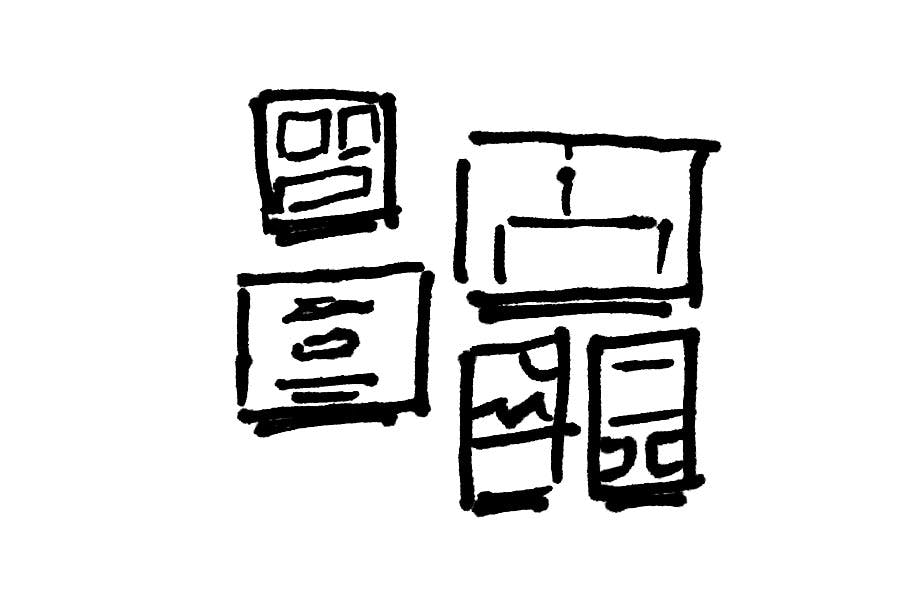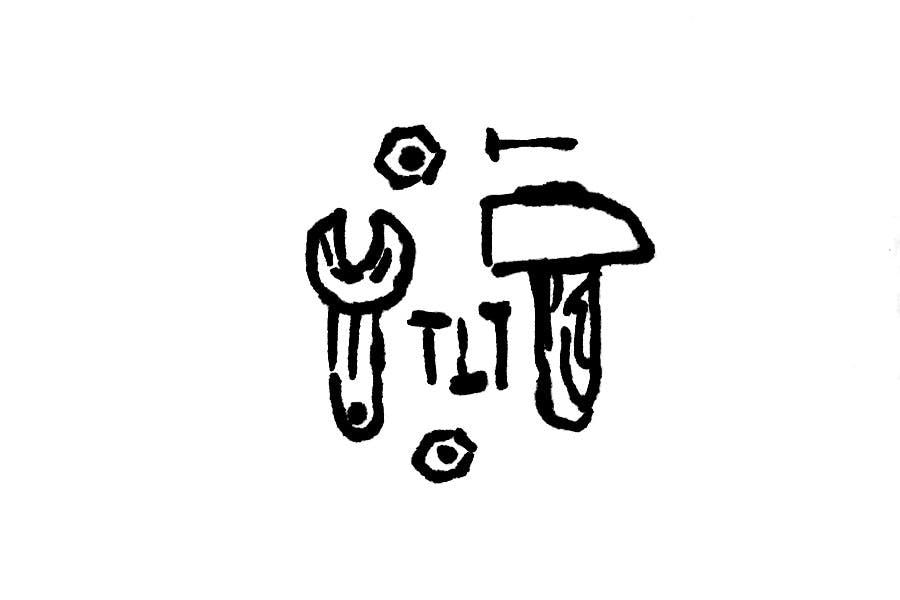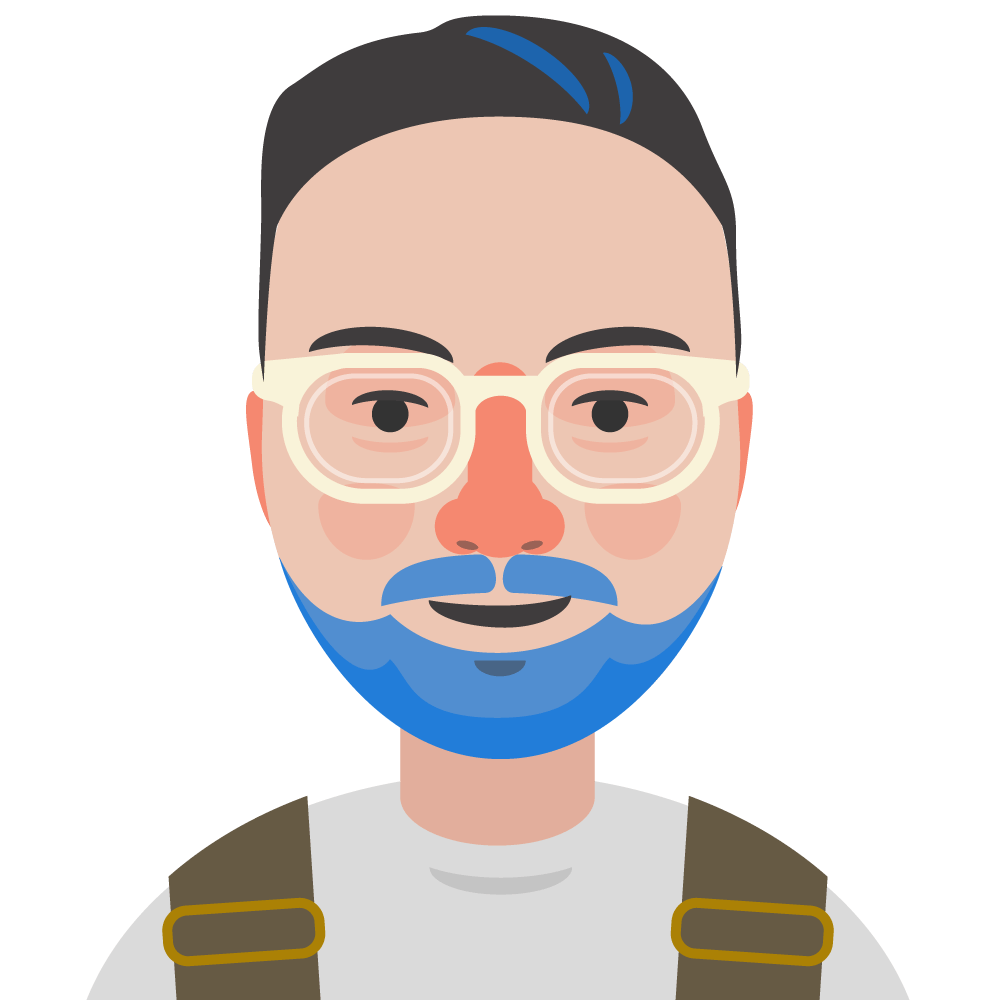
It can seem as if education is about information alone, since that's the part you can really see.
But it's often much more about building the right habits, overcoming the boredom that stands between us and what we'd like to learn, and doing these things in relationship with others. We don't just need books. We need patterns, frameworks, and people to journey with.
What we need is design. Specifically, Learning Experience (LX) Design. (More on why we need LX.) Today, I'm sharing our five-step recipe for designing the perfect learning experience. We'll use a recent project as a case study.
Last year, Pathwright's LX Team designed courses for Synergy Performance Psychology. Synergy helps teams—in athletics and business—work and grow together in healthy ways. We took their excellent content, and turned it into a transformational journey in the form of an online course.

1. Know your learners.
We had to know who they were teaching. Through our Learner Profile and Blueprinting process, we narrowed the course to focus on businesspeople, not athletes. We also identified that these learners would need to apply what they learned almost immediately. We can't share Synergy's Blueprints, but if you'd like to learn more about this process you can view our templates here: Blueprint template and Learner Profiles template. Or get a simplified view through our How to Design a Path course.

2. Make actionable paths.
After we identified who Synergy would be teaching, we designed a lesson that fit their learning context. We assessed their material to find out what could be discussed, what information could be turned into something actionable, and where we could get the learners involved with the information.
How could we get learners answering discussion questions or engaging in personal reflection? Synergy's course would be taught by various managers in different business scenarios, so it was important that those managers could work on actionable projects with their subordinates.

3. Fill in the gaps.
Through the process of making an actionable path, we usually uncover content gaps: Questions must be written, projects must be created, and material must change formats.
In Synergy's case, the introduction to their written research needed to be in video format to combat the impersonal feel so common in business training. Learners needed to see the experts who were addressing them so they could feel more invested in the material. We also wrote discussion and reflection questions that meet learners at their current competency level.

4. Design for the details.
Your online course must stay focused and specific to the topic at hand. This happens only if the visuals and content of an online course feel consistent and coherent. For Synergy's course, this meant adding brand-appropriate visuals that could inspire and engage their specific learners.
Ultimately, we created an online learning environment that precisely modeled Synergy's values. Each step pulled the learner deeper into their world.

5. Offer your course to the world.
Our LX Design Team walked with Synergy through each of these steps. Their teaching took on a new, engaging format as a result of our work together. Though they taught the same information, now their learners could act on it and build a community around it. LX Design pays off big when learners come together around empowering, energizing teaching.

Want to team up? Learn more about Pathwright's LX Design services here.
You can also send questions, comments, or topic suggestions our way on Facebook, Twitter, or Instagram or email lydia@pathwright.com. We'd love to hear from you!
Using Pathwright is dead simple and doesn’t cost a thing until you’re ready to launch a path.
Get startedTopics in this article
learning experience design
instructional design
create online courses
active learning strategies
interactive online learning
More in LX Design

